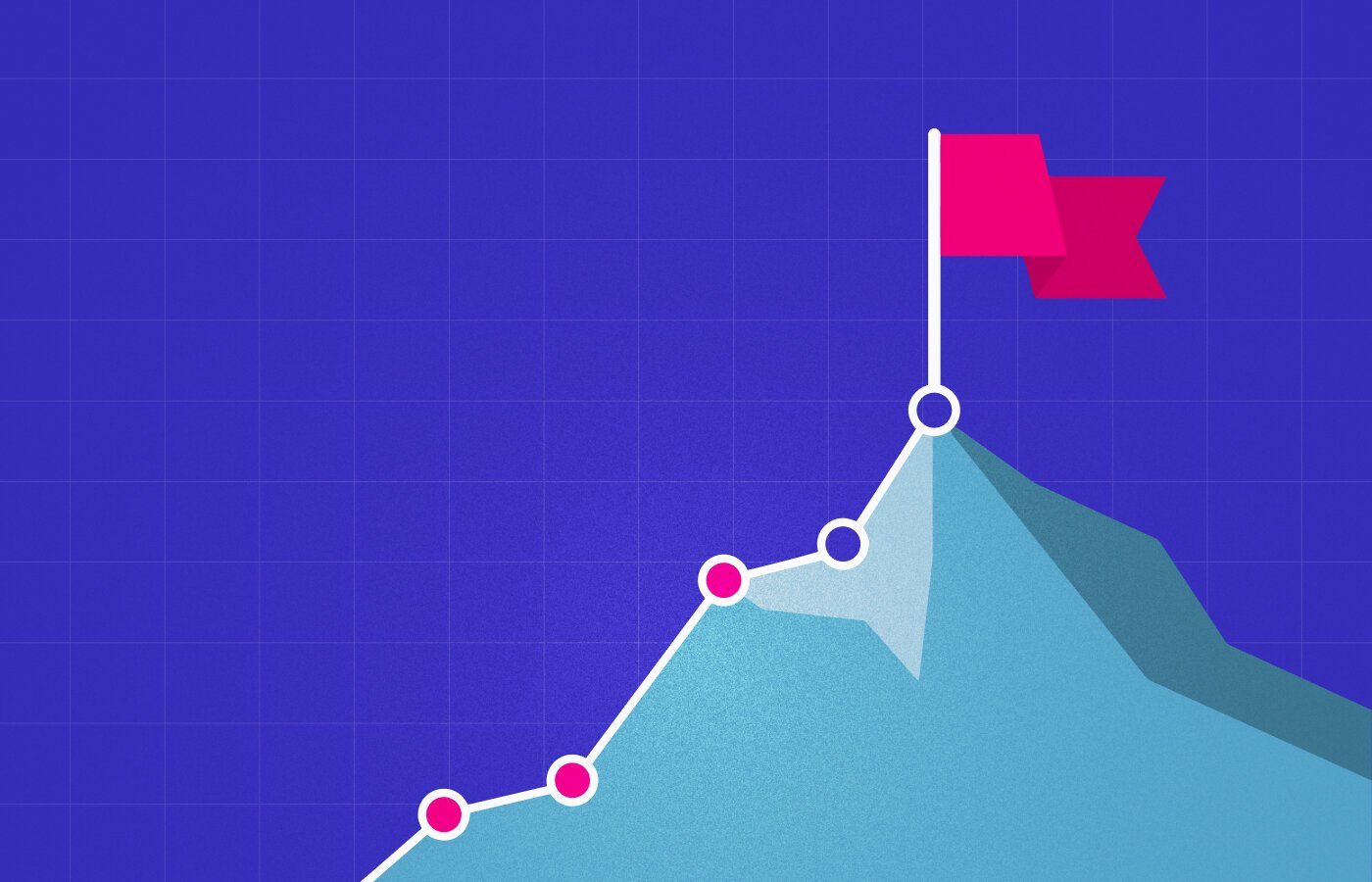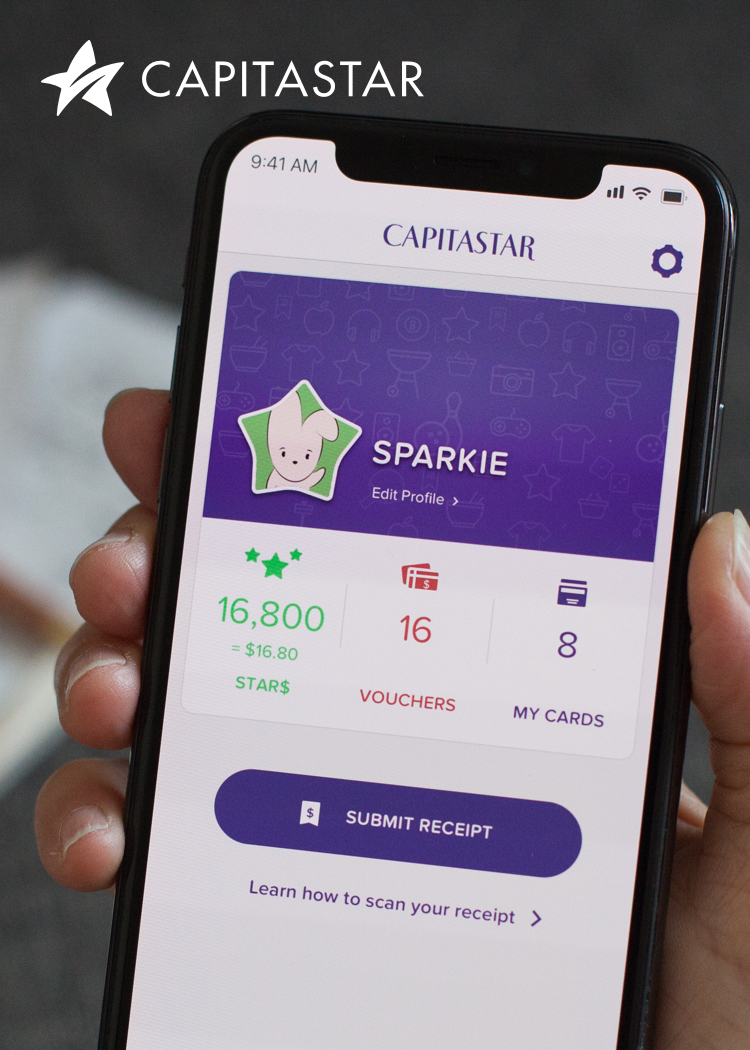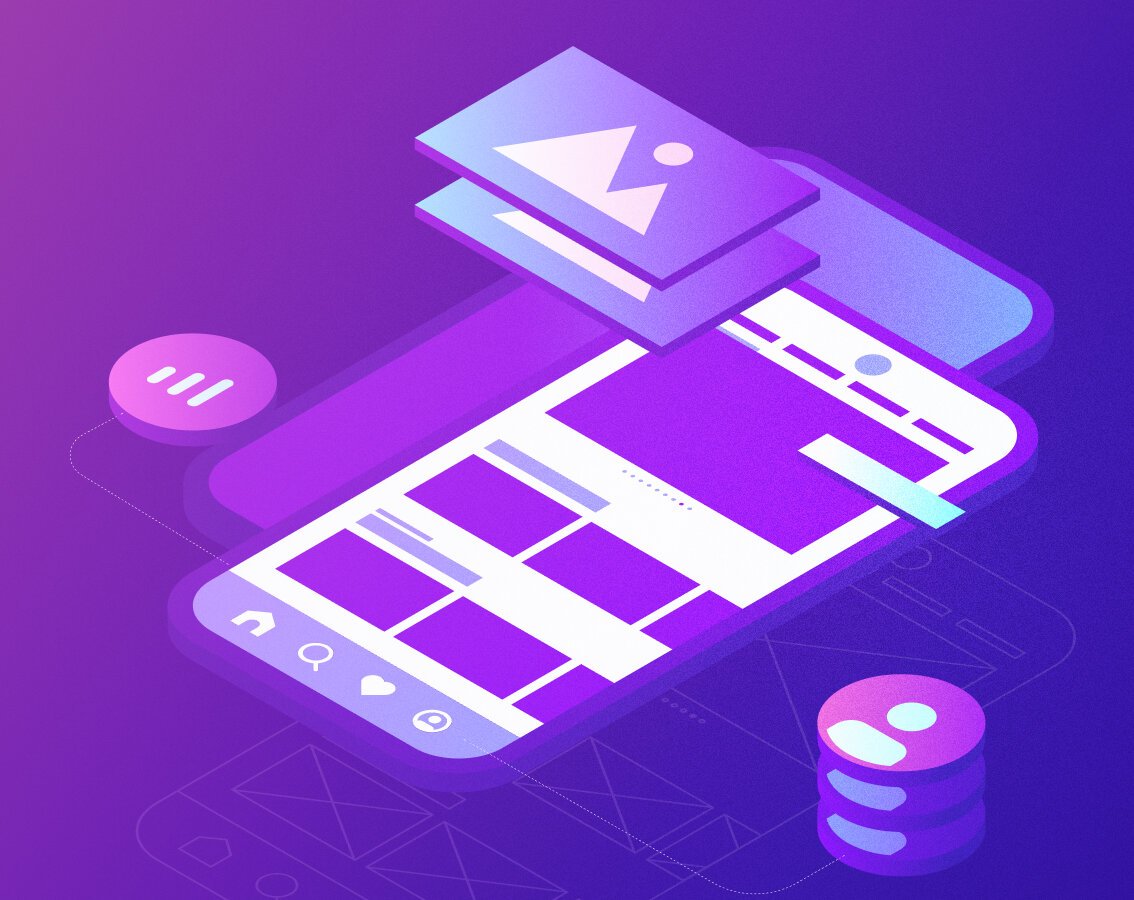blog
Roadmap for Mobile App Development
By Mohan S App development Customer Experience July 7, 2023

Mobile apps have become our inherent needs as smartphones and tablets have become staples of our daily lives. There is an app for almost every aspect of our lives, from social media and e-commerce to productivity and fitness.
If you have an innovative idea for developing a mobile app and are prepared to make it a reality, this comprehensive roadmap will lead you through every step of the process, from conception to launch and help you estimate the cost of app development. It will help you stay organized and increase your chances of developing a successful mobile app, regardless of whether you are an experienced developer or new to the world of app development.
What is an App Development Roadmap and How Does It Help?
An app development roadmap is a strategic plan that lists the important steps, tasks, and deadlines involved in creating a mobile app guiding the development timeline and influencing development costs at each phase.. It offers a high-level overview of the entire app development process, from conception to release, and it contributes to a methodical and organized approach to app development.
Here are some ways that creating an app development roadmap can help your app be a success overall:
Clarity and Focus: A roadmap simplifies app development by defining goals, objectives, and priorities, articulating app purpose, identifying core features, and focusing on delivering value to the target audience.
Strategic Planning: A roadmap helps strategically plan development stages, allocate resources, estimate timelines, and identify dependencies, ensuring a smoother, more efficient process.
Goal Alignment: A roadmap aligns stakeholders, designers, developers, and testers with common goals and objectives, promoting collaboration and communication in app development. It fosters a shared understanding of the project's direction.
Risk Mitigation: A roadmap helps identify risks and challenges in app development, enabling proactive planning for mitigation strategies. It allocates time and resources for testing, bug fixing, and iterations, reducing the likelihood of major setbacks.
Resource Management: An app development roadmap efficiently manages resources by identifying skills, tools, and technologies needed for each stage. It aids in resource allocation, budgeting, and recruitment, ensuring the project's success with the necessary assets.
Transparency and Communication: A roadmap is a visual communication tool for sharing development progress and timelines with stakeholders, promoting transparent communication, and setting realistic expectations for milestones, deliverables, and timelines.
Flexibility and Adaptability: A roadmap offers a structured plan but also enables flexibility and adaptability. It enables adjustments, reprioritization, and changes while maintaining the project vision and addressing unexpected challenges or opportunities.
6-Step App Development Roadmap
Step 1: Defining your app’s purpose and strategy
Conducting market research, identifying the target audience, and defining the app's purpose, features, and benefits establish a solid foundation for the development process. This ensures a clear understanding of the market, user needs, and how the app will fulfill them in a unique and compelling way.
Market research
In-depth market research is critical to comprehend the market environment for your app before starting the development process. You can learn more from this research about current solutions, user preferences, and potential competitors. The essential actions to think about are listed below:
Identify your target audience: Tailor your app to meet the target audience's demographics, preferences, and interests by considering factors like age, gender, location, occupation, and interests.
Conduct competitor analysis: Analyze existing apps in your niche to understand features, strengths, weaknesses, and user feedback, identifying market gaps and opportunities for differentiation.
Seek user feedback: Collaborate with target audience through surveys, interviews, or focus groups to gather feedback on pain points, needs, and expectations, shaping app purpose and features.
Consider market trends: Stay updated on app market trends and technologies to identify opportunities and challenges impacting app success.
Defining the purpose, features, and benefits of your app
The goal, features, and advantages of your app should be defined after you have gathered information from market research. Think about the following:
Purpose: Define the app's problem or value, and focus on unique, compelling ways to address user needs and pain points.
Core features: Prioritize essential app features based on importance and feasibility, avoiding feature overload for a smooth user experience.
Unique selling points: Identify unique app features, functionalities, or benefits that differentiate your app from competitors and appeal to your target audience.
User experience (UX): Ensure app's user experience is intuitive, engaging, and user-friendly for success and adoption, enhancing overall app experience.
Benefits and value proposition: Clearly communicate app's benefits, value proposition to potential users, highlighting its potential to improve lives, save time, enhance productivity, and provide entertainment.
Step 2: Building App’s wireframe and prototype
Wireframing is a crucial step in app development, capturing the app's structure and functionality without focusing on specific design details. It involves using specialized tools, online platforms, or sketching on paper to create a simplified visual representation of the app's layout, navigation, and user experience.
Wireframing helps refine ideas, gather feedback, and lay a solid foundation for the design and development stages. It acts as the skeletal framework for the app's user interface (UI) components, navigation flow, and fundamental organizational structure. Why wireframing is crucial is explained here:
Visualizing the app's structure: Wireframing visualizes app structure, interconnectedness, and user navigation before design and development, enabling better understanding of interconnected screens and sections.
Identifying key elements and content placement: A wireframe helps determine essential elements placement, establishing a logical layout aligned with the app's purpose and user experience goals, ensuring intuitive navigation and user experience.
Iterating and refining the concept: Wireframes offer a low-fidelity app representation, enabling iteration and refinement of design concepts. Quick and easy to create, they allow experimentation with layouts, feedback, and necessary adjustments early on.
Collaborating and communicating effectively: Wireframes facilitate communication between designers, developers, and stakeholders in app development, promoting shared understanding, collaboration, and reducing misunderstandings in app structure and functionality.
Saving time and resources: Wireframing visualizes app structure and functionality upfront, saving time and resources in later stages, identifying usability issues and design flaws early on, avoiding costly rework.
User testing and validation: Wireframes aid in user testing and validation before investing in development, gathering feedback on app flow, features, and usability. This information informs refinement and development stages.
Step 3: Choosing the app development approach and tech stack
Selecting the right framework, tech stack, and development process is crucial for efficient app development, optimal performance, and code reusability.
Frameworks
Frameworks simplify mobile app development, enabling developers to build apps more efficiently. Different types of frameworks are crucial for selecting the right one, ensuring efficient app creation.
Choosing the right framework from hybrid, native and cross-platform depends on project requirements, budget, time constraints, and target audience. Consider platform-specific features, app performance, development resources, and long-term maintenance when making a decision.
Native frameworks:Native frameworks enable developers to create apps for specific platforms like iOS or Android, using languages like Swift, Objective-C, Java, or Kotlin. These frameworks offer platform-specific features and performance, but may require separate development efforts for each platform.
Cross-platform frameworks: Cross-platform frameworks like React Native, Flutter, and Xamarin enable code reusability and faster development across multiple platforms, but may have limitations in accessing features or performance optimization.
Hybrid frameworks: Hybrid frameworks like Apache Cordova and Ionic enable developers to create natively-container apps using web technologies like HTML, CSS, and JavaScript. While they may have performance issues, they offer code reuse across platforms.
Tech Stack
The collection of tools, frameworks, and programming languages used in the development process is referred to as the "tech stack."
Selecting the right tech stack is crucial for app performance, scalability, development speed, and long-term maintenance. Factors include project requirements, team expertise, platform-specific needs, community support, and future adaptability. Here is a quick rundown of the pros and cons of the various tech stack components:
Programming languages: Mobile app development uses various programming languages like Swift (iOS), Java/Kotlin (Android), and JavaScript/TypeScript (cross-platform), each with unique advantages and ecosystem considerations.
Development platforms: Development platforms like Xcode and Android Studio offer tools for building mobile apps, including code editors, debugging tools, and simulators/emulators.
Frameworks and libraries: React Native, Flutter, and Angular frameworks and libraries improve development by offering pre-built components, APIs, and tools, accelerating code quality, and providing community support.
Development process
The development process refers to the methodologies and approaches used to manage the app development lifecycle. Selecting the right development process is crucial for efficient project management, collaboration, timely delivery, and adaptability to changing requirements. Factors like complexity, team size, client expectations, and flexibility should be considered. Here are a few common app development processes:
Waterfall: The waterfall model is a sequential approach for projects with well-defined requirements, but may lack flexibility in accommodating changes.
Agile: Agile methodologies, like Scrum and Kanban, focus on iterative, incremental development, fostering collaboration, adaptability, and continuous feedback for flexibility and adaptation.
DevOps: DevOps integrates development and operations for seamless collaboration, continuous integration, and efficiency, automating processes and reducing deployment time.
Step 4: Backend Development and API Integration
A backend is a server-side component in mobile apps, that handles data storage, processing, and business logic. While not all apps require it, some benefit from it. Here are some reasons why some apps need a backend:
Data management and storage: Apps involving user accounts, data synchronization, or large datasets often require a backend for secure storage, retrieval, and management, ensuring seamless access and synchronization.
User authentication and authorization: Apps requiring user registration, login, and access control require a backend for authentication, authorization, and control of features based on roles and permissions.
Business logic and processing: Complex algorithms, calculations, or data processing apps require a backend for efficient handling, optimizing performance, and scalability from client-side apps.
Integration with third-party services: Apps integrate with external services like payment gateways, social media, and mapping through APIs, ensuring seamless data exchange and interaction between the app and external systems.
Choosing the Right Backend Option
Selecting the right backend option depends on app requirements, considering factors like data management, user authentication, business logic, integration, scalability, security, development resources, and cost. Evaluate these components to make an informed decision that aligns with your app's functionality and goals. When selecting the right backend option for your app, consider the following factors:
Scalability: Assess app scalability, ensuring the backend solution can handle growing user traffic, data volume, and feature expansion.
Security: The backend solution must offer robust security measures to protect user data, prevent unauthorized access, and mitigate vulnerabilities, including encryption and authentication.
Development resources and expertise: Evaluate the team's development resources, expertise, programming languages, frameworks, and technologies for backend development, selecting a solution that aligns with their skills and capabilities.
Cost and infrastructure: Assess backend cost implications by considering infrastructure, hosting, maintenance, support, and infrastructure scalability.
Integration capabilities: Integrate your backend solution with other systems, services, or APIs for seamless data exchange and app interaction.
Documentation and community support: Select a backend solution with comprehensive documentation, resources, and community support for development assistance, addressing challenges and questions.
Step 5: User Testing
User testing is crucial in app development, providing insights into usability, functionality, and user experience. It helps identify bugs, optimize performance, validate assumptions, and iteratively improve apps based on real user feedback, resulting in a more user-centered and successful app. Here are some reasons why user testing is crucial and how it aids in ensuring app performance and fixing bugs:
Identifying usability issues: User testing observes real user interactions, identifying usability issues like confusing navigation, unclear instructions, and difficult features. This early identification enables improvements to enhance app usability and user satisfaction.
Gathering feedback on app functionality: User testing gathers feedback on app functionality, identifying bugs, glitches, and unexpected behaviors, ensuring app functions as intended and addressing issues not caught during internal testing.
Optimizing user experience:User testing helps understand user perception and interaction, offering insights into preferences, pain points, and expectations. By incorporating feedback, app design, flow, and interactions can be optimized, enhancing engagement and satisfaction.
Testing app performance: User testing evaluates app performance in real-world scenarios, identifying potential bottlenecks like slow loading, crashes, and unresponsive features. Monitoring user interactions and gathering data helps address issues for smooth, reliable app performance.
Validating assumptions and decisions: User testing validates assumptions, ensures the app meets needs, aligns with expectations, and solves problems effectively. Feedback guides design decisions, feature prioritization, and overall app direction, guiding improvements.
Step 6: Launch
Launching an app involves making it available to the target audience and creating awareness about its existence. Here are some key aspects to consider during the app launch:
App Store Submission: Launching an app on Apple or Google Store requires following submission guidelines, providing app details, screenshots, descriptions, and ensuring compliance.
App Store Optimization (ASO): ASO optimizes app listings for visibility, discoverability, using keywords, engaging descriptions, relevant categories, and compelling visuals.
Marketing and Promotion: Maximize app launch impact with a marketing strategy utilizing social media, content, influencer partnerships, app review websites, and paid advertising.
Press Release and Media Coverage: Press release and media outreach boost app buzz, visibility, and user attention.
User Feedback and Iteration: Monitor app feedback, reviews, and ratings to identify improvements, bug fixes, and feature enhancements, and release updates accordingly.
User Acquisition and Retention: Focus on user acquisition and retention strategies to grow and maintain a user base, including incentives, referral programs, seamless user experience, and regular updates.
Conclusion
The mobile app development roadmap from idea to launch involves several crucial steps to ensure the app's success. These steps include defining the app's purpose, strategy, wireframes, prototypes, development approach, backend, user testing, and marketing. Investing time and effort into each phase, considering market research, user feedback, and technological considerations, is crucial.
The journey is ongoing, with constant adaptation and improvement based on user feedback and market dynamics. By following a well-defined roadmap and delivering value to users, you can create a lasting impression in the digital landscape.





